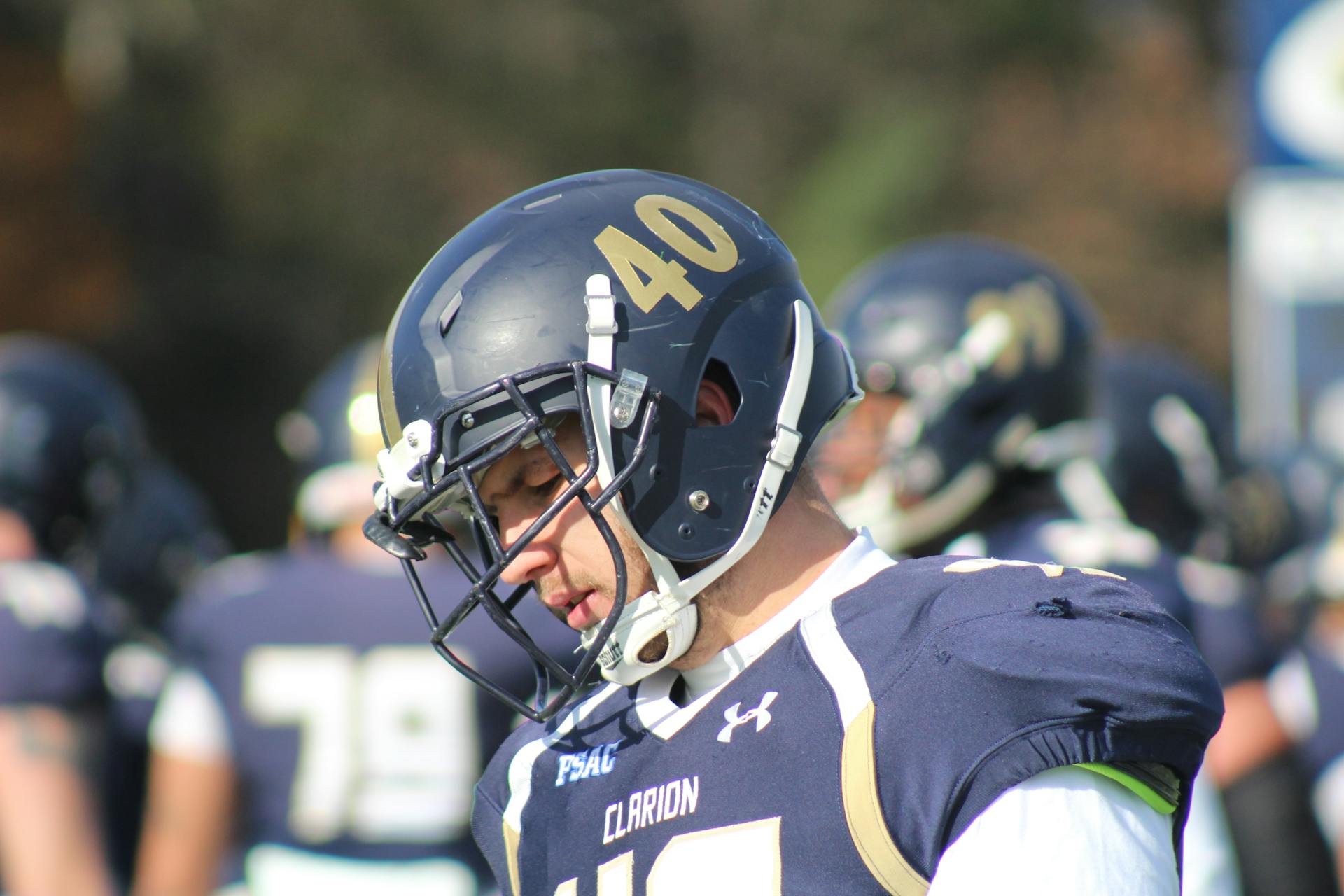The Critical Role of First Aid Training in Football: Ensuring Player Safety On and Off the Field
Football is a sport of passion, precision, and physicality. As exhilarating as it is, it carries inherent risks—ranging from minor sprains to serious injuries like concussions or cardiac incidents. While the beautiful game celebrates skill and athleticism, player safety should always be paramount. One often overlooked but crucial component in ensuring this safety is first aid training.
Whether it’s grassroots teams, academies, or elite professional clubs, having individuals on hand who are trained to react swiftly and correctly during medical emergencies can make all the difference. This is where the importance of structured first aid education comes in, and why more football organizations are prioritizing it alongside physical conditioning and tactical training.
Why First Aid Matters in Football
Every minute counts when an injury occurs. A misstep, a clash of heads, or even an underlying health condition surfacing mid-game can turn into life-threatening situations. Having someone knowledgeable in CPR, wound care, or injury stabilization ensures that immediate action is taken before medical professionals arrive.
Take, for example, the alarming number of cardiac arrests reported in football over the years. Incidents involving players like Fabrice Muamba and Christian Eriksen spotlighted the urgent need for proper emergency response. In both cases, quick and effective on-field first aid played a decisive role in saving lives.
But it’s not just the high-profile scenarios that matter. From youth football games in local parks to amateur leagues, accidents are an everyday reality. Coaches, referees, players, and even parents equipped with first aid training contribute to a safer football environment at every level.
Beyond Bandages: Building Confidence and Readiness
First aid training doesn’t just teach bandaging techniques—it cultivates confidence. Knowing how to handle fractures, concussions, heat exhaustion, or breathing difficulties empowers people to stay calm and act decisively.
Moreover, it fosters a sense of responsibility and care within teams. Players understand that while they may compete fiercely on the pitch, their collective well-being depends on how prepared they are off it. Football is, after all, a team sport in every sense of the word.
First Aid Accessibility: Community Solutions
One common misconception is that high-quality first aid training is inaccessible or too specialized for everyday athletes and coaches. Thankfully, this couldn’t be further from the truth. Organizations like Coast2Coast First Aid Hamilton have made professional-level first aid courses widely available to the public, including sports teams and clubs.
Coast2Coast First Aid Hamilton offers comprehensive programs that cover CPR, AED use, and injury response—all tailored to real-life scenarios that could unfold on a football field. These courses are not only recognized by the Canadian Red Cross but are also designed to meet the unique needs of sports environments, making them a perfect fit for football communities in Hamilton and beyond.
By integrating such programs into team operations, clubs can ensure that coaches, players, and staff are not only tactically and technically sound but also medically prepared.
A Call to Action for Football Communities
As football continues to grow in popularity worldwide, so too does the responsibility to prioritize player welfare. It’s time clubs and academies adopt a proactive approach, embedding first aid training as a fundamental aspect of their culture.
Consider implementing annual first aid refreshers for team staff and encouraging parents and players to enroll in certified courses. Partnering with trusted providers like Coast2Coast First Aid Hamilton can be the first step toward fostering safer football environments.
In the fast-paced, high-stakes world of football, preparation is everything. Let’s ensure that safety is always part of the game plan.
